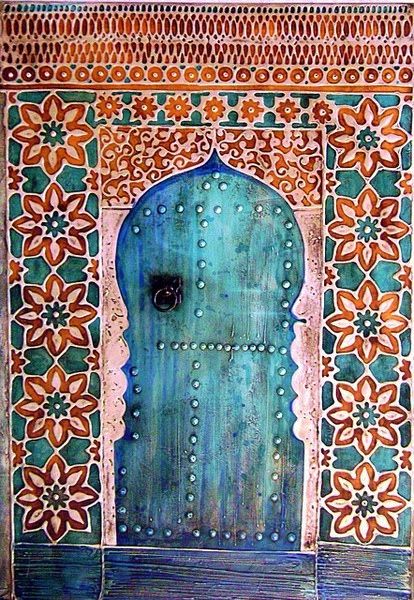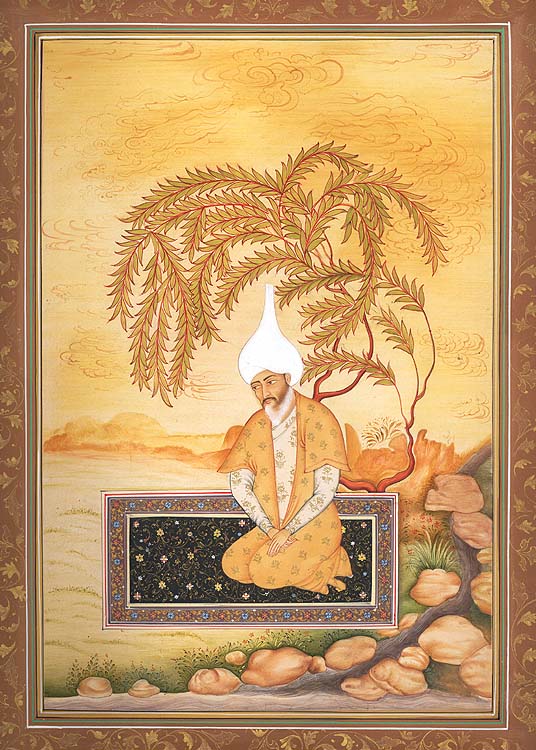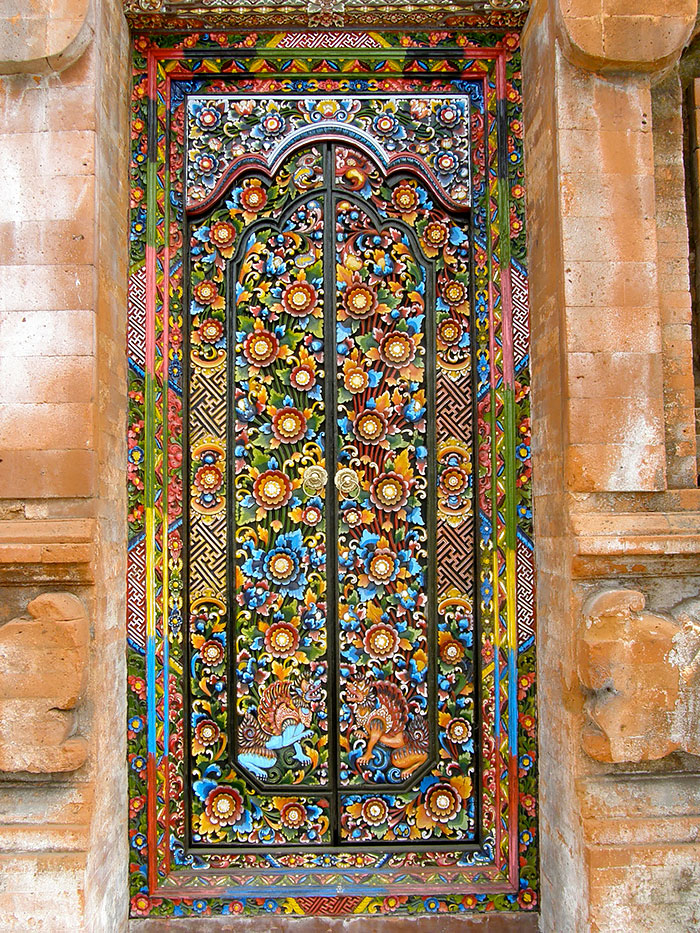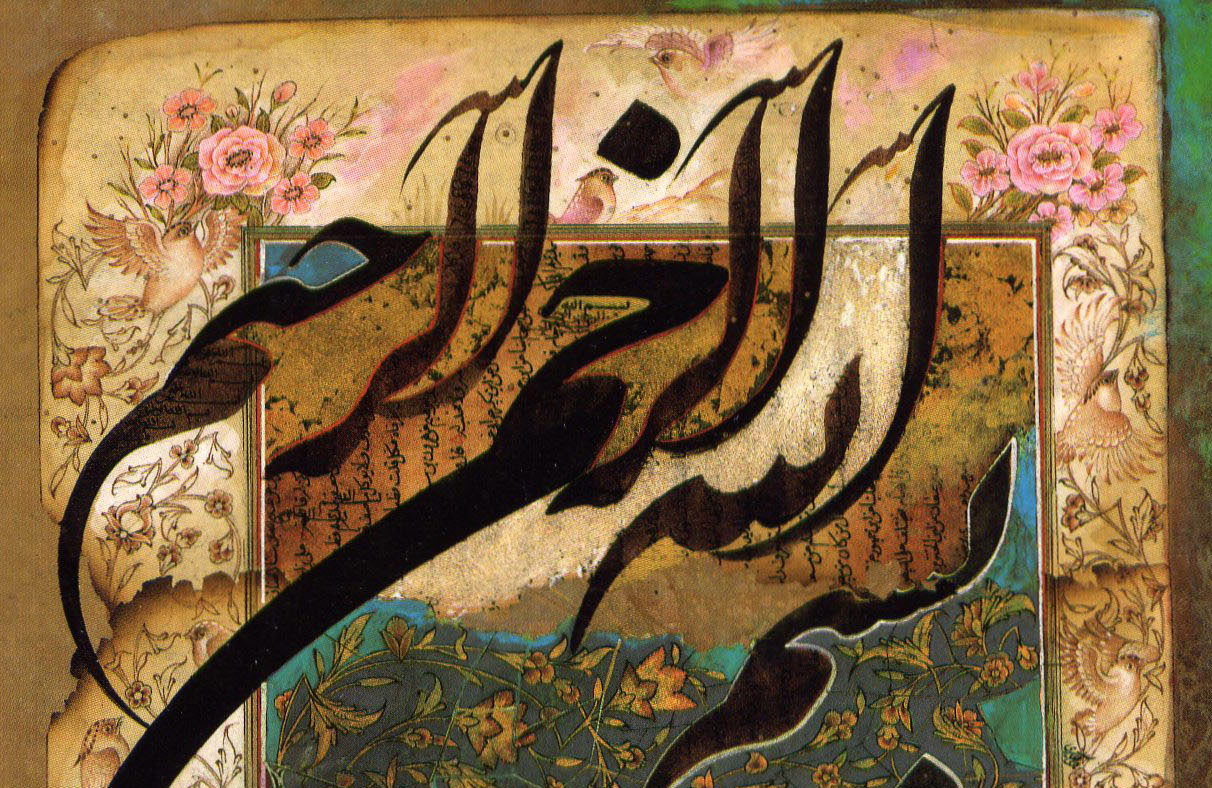Among the eleven principles that guide the Naqshbandi dervish toward his spiritual realization, eight were coined by Khwaja ‘Abdul Khaliq al-Gujdawani (d. 1220). The last three principles were added by the great master Shah Bahauddin Naqshbandi (1318-1389).
1) Awareness of the breath (“Hosh dar dam“)
Hosh in Persian means “mind”, dar is “inside”, dam “breath”.
Shah Bahauddin Naqshbandi said: “Our order is based on the breath. It is necessary to take care of it from inspiration, to exhalation”.
We are all breathing beings. The breath is the vehicle of energy. The divine spirit entered in us when we inhaled for the first time. The divine reality is in connection with the breath and the heart beat.
God gave us everything but we continue to seek it outside. It is understandable because all our senses are oriented outwardly. However there is something that never leaves us: the breath.
Observing Maulana you never caught him moving in hectic, fast movements whatever he was doing. He was always in the perfect flow of the action, because he was always in connection with the breath.
No realized Shaykh is ever unaware of a single breath. It is the thin thread that connects all the masters and all the traditions. It connects us also ourselves with our ancestors.
Our soul has been created with a breath, and with a last breath it will be taken away from us.
To begin to become aware of your own breathing it means to fulfill half of the path leading to the dominion of the mind.
Do not miss even one breath is the key.
Also the Vipassana meditation recommends to observe the breath. Once it was easy to do so, silence used to reign in the outer world and the inner world, but in the condition of modern life, to enter into that process requires a much longer time. After a few minutes the thoughts have the upper hand and attention to the breath fades.
The Naqshbandi journey starts from the easy, fast, universal things, that are accessible to everyone: it invites first to focus on your own basic life functions.
When we breathe in we say inside ourselves: “I inhale” and when we exhale, “I exhale”. Or we can say: “inside” and “outside”. When the perception is stable, we can stop saying it.
To Find the rhythm of the breath means to be in the moment. The moment is the gateway to the world of the soul.
Anyone can follow this practice, anywhere, anytime. The mind is the surface and will always have waves, but it is enough already just twenty minutes, twice a day of conscious breathing, and the mind will calm down. The psychological and physical benefits of this practice are attested by many scientific studies.
In the more complex exercises, we operates also on the pause between inhalation and exhalation, as well as on the positions of the body, hands and tongue.
You get to join the breath with the dhikr, as you do with the words and music of a song. We inhale and, in the pause, we repeat the divine name for twenty-one times in unison with the heart beat, until the frequency accelerates becoming a continuous vibration. Like all the breathing exercises, also this should be performed under the control of a guide.
(from: S. Burhanuddin Herrmann, “IL SUFISMO. Mistica, Spiritualità e pratica, Armenia, 2° edition 2015, Milano)





